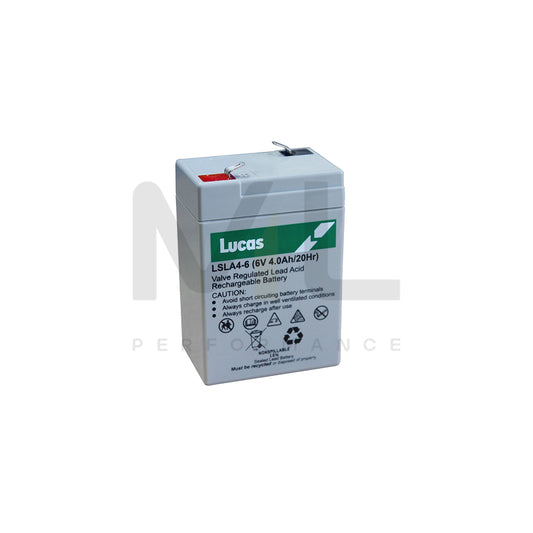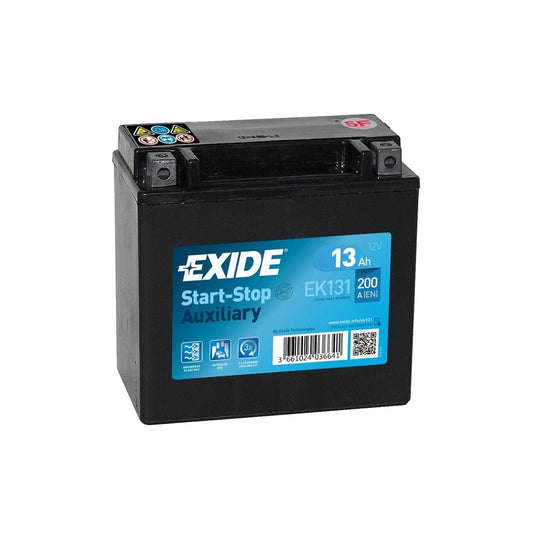Kit contains a pair of fully-floating 2-piece brake discs and one set of full-race RP-1 brake pads.
EBC Racing's fully-floating 2-piece brake discs combined with our full race RP-1 pads represents the ultimate braking upgrade for dedicated track & race cars seeking peak levels of on-track performance.
RP-1 has a very stable friction coefficient of 0.45 mu up to and beyond 750℃, making it an excellent performer for even the most demanding vehicle applications.
Due to its relatively high friction coefficient, RP-1 is not Reg 90 homologated for road use within Europe and is therefore illegal for use on the public road. Unlike some other race pads on the market, RP-1 offers a usable cold friction of 0.35 mu below 100℃ meaning it can be safely used as a road pad for non-European markets where Reg 90 homologation is not mandatory.
At 100℃ the friction gently climbs to 0.45 mu and stays there up to and beyond the designed upper working temperature range of 750℃. RP‐1 boasts good pad life but the unique characteristic of RP‐1 is that it boasts exceptionally low disc wear, lower than virtually all other competitor race materials tested.
EBC Racings 2‐pc fully‐floating brake discs are engineered from the finest materials without compromise, resulting in one of the highest quality 2‐piece brake discs available on today's marketplace. These discs are equally at home on the road or at the race track.
Outer friction rings are cast from high‐carbon G3500 disc alloy, giving excellent wear properties and crack resistance even after heavy on‐track use.
EBC's patented stainless steel SD‐Drive bobbins allow the braking ring to float freely and independently of the centre bell, reducing stresses and eliminating the chance of warping, whilst each bobbin location features an anti‐rattle clip for totally silent operation.
All discs feature 48 curved vanes and are handed to each side of the car allowing effective heat dissipation. EBC 2‐piece discs often offer a weight saving over OEM parts, helping to reduce rotational un‐sprung mass that has a positive effect on driving dynamics.
Additionally, when the disc eventually becomes worn, the hub can be retained replacing only the outer friction ring which reduces long term operating costs.































